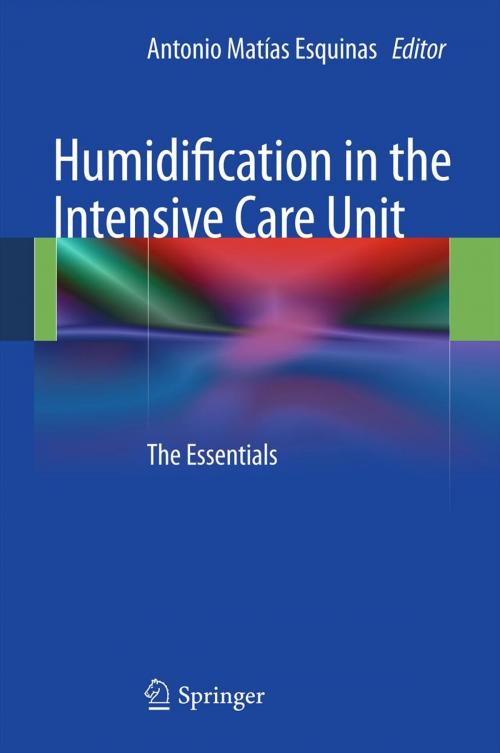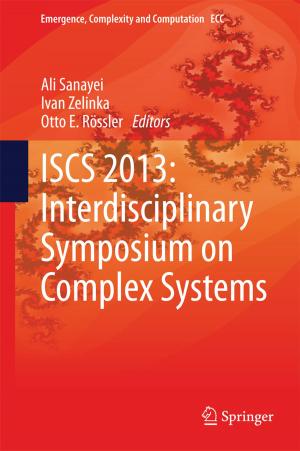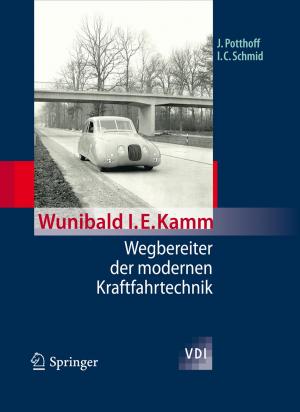Humidification in the Intensive Care Unit
The Essentials
Nonfiction, Health & Well Being, Medical, Specialties, Critical Care, Anesthesiology| Author: | ISBN: | 9783642029745 | |
| Publisher: | Springer Berlin Heidelberg | Publication: | December 20, 2011 |
| Imprint: | Springer | Language: | English |
| Author: | |
| ISBN: | 9783642029745 |
| Publisher: | Springer Berlin Heidelberg |
| Publication: | December 20, 2011 |
| Imprint: | Springer |
| Language: | English |
Inadequate humidification of inspired gases can cause a variety of serious problems, and humidification has accordingly become an important aspect of modern intensive care medicine. This book is designed to serve as a practical guide for clinicians, providing information on the theoretical background of humidification, the equipment, and its optimal use. The book starts by examining the physiological basis of humidification. Current devices are then discussed, with careful attention to factors influencing their performance and methods to evaluate their effectiveness. The two scenarios of mechanical and non-mechanical ventilation are considered, and the issue of ventilator-associated pneumonia is addressed in detail. Further chapters focus on such topics as humidification following tracheostomy, humidification of the artificial airway during secretion management, measurement of inspired gas temperature in the ventilated neonate, and humidification in the home care setting.
Inadequate humidification of inspired gases can cause a variety of serious problems, and humidification has accordingly become an important aspect of modern intensive care medicine. This book is designed to serve as a practical guide for clinicians, providing information on the theoretical background of humidification, the equipment, and its optimal use. The book starts by examining the physiological basis of humidification. Current devices are then discussed, with careful attention to factors influencing their performance and methods to evaluate their effectiveness. The two scenarios of mechanical and non-mechanical ventilation are considered, and the issue of ventilator-associated pneumonia is addressed in detail. Further chapters focus on such topics as humidification following tracheostomy, humidification of the artificial airway during secretion management, measurement of inspired gas temperature in the ventilated neonate, and humidification in the home care setting.















